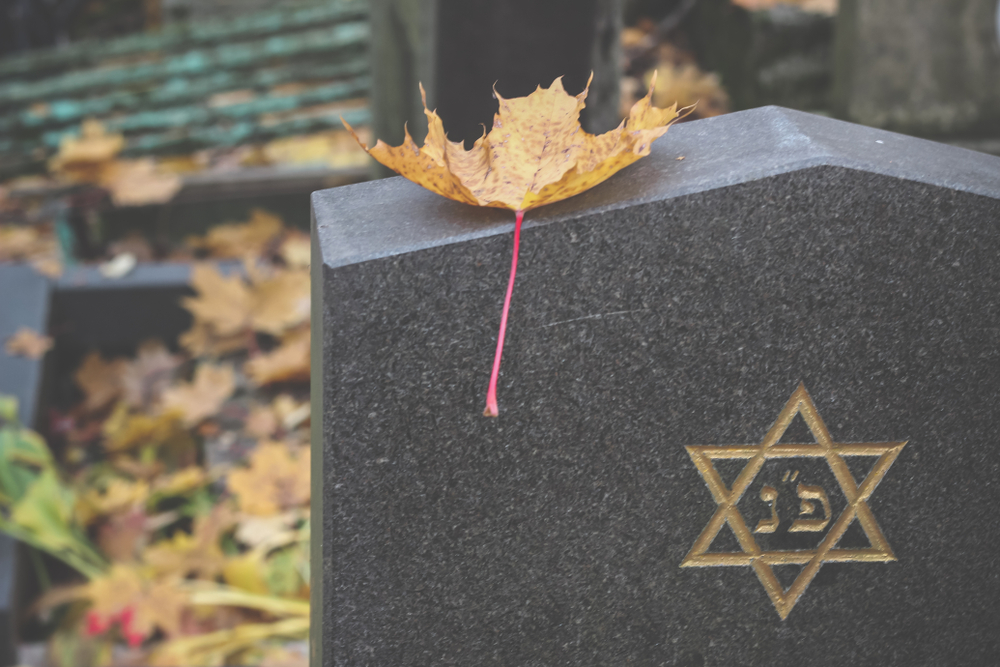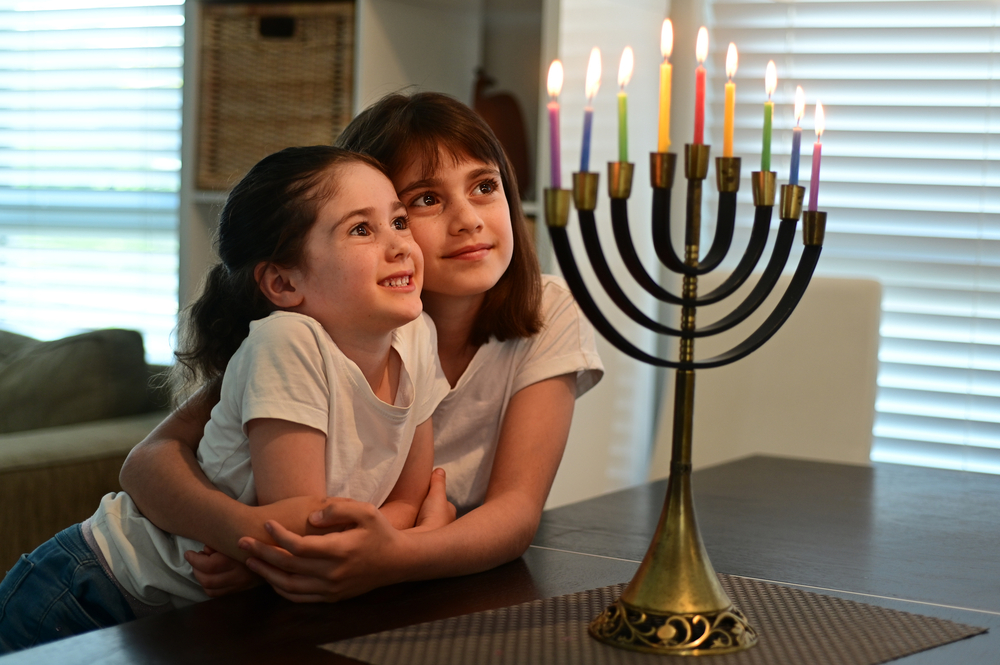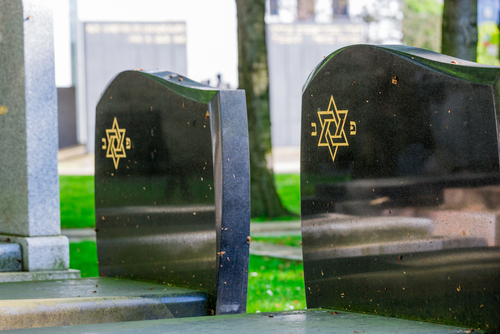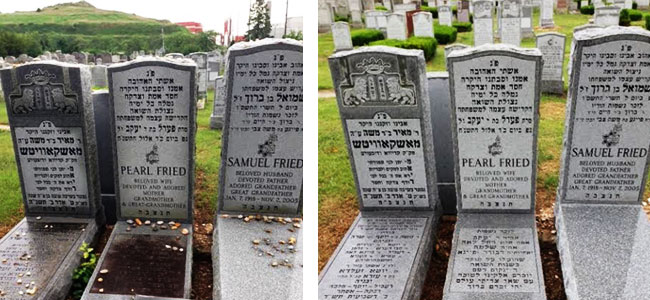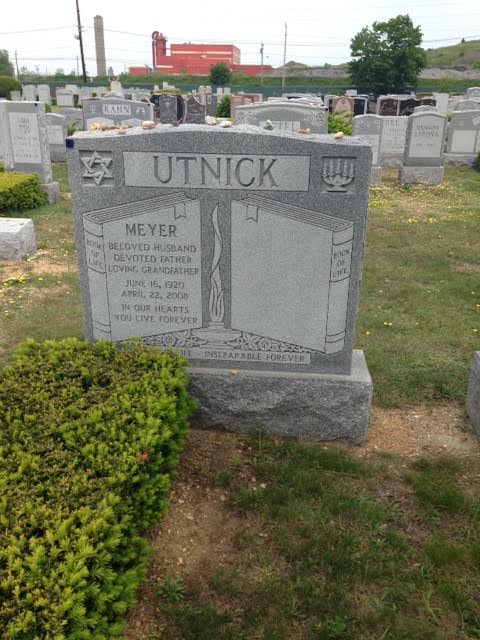
A headstone should be a lasting testament to an individual’s life. With a beautiful headstone inscription, a description of their relationships to others, plus symbols, there is a lot that a headstone can say about a person. Ultimately, a headstone is a permanent, enduring tribute to the legacy of a loved one.
One factor that speaks strongly, though, is the sharing of a headstone. In the Jewish faith, sharing a headstone with a loved one is a testament to their lives together. At Fox Monuments, we strive to give Jewish couples the final resting place they deserve with respectful headstones.
What does Bashert mean?
The word “bashert” has Yiddish origins – it translates to “destiny.” However, it most often describes a soulmate or spouse. Bashert is a description of a romantic destiny. Essentially, it’s someone who serves as the ideal companion in life and death.
A double headstone allows couples to continue their journey together. It represents the eternal union of marriage. By burying both individuals in the same plot, their souls can continue to comfort one another.
Occasionally, parents who suffer the tragedy of a child’s death also elect to use double headstones.
Burying loved ones together helps to comfort grieving family members. Basically, it’s an assurance that they’ll be forever surrounded by love.

Reasons to Choose a Double Jewish Headstone
Financial Reasons
Unfortunately, funeral arrangements can be quite a financial burden for many families. This is especially true when the monument is not pre-planned. Purchasing a double Jewish headstone will help offset these costs for a more affordable headstone.
In terms of the headstone, it’s much cheaper to purchase one double headstone than it is to purchase two single headstones. The cost of materials is much cheaper. Additionally, a two plot grave is more reasonably priced than two separate single grave sites. Therefore, purchasing a double Jewish monument for your loved one is both a sound financial and spiritual decision.

Convenient Visitation
Locating a Jewish monument within a large grave site can be confusing and time consuming. When families don’t visit a gravesite for a long period of time, it becomes even harder. This is especially true during the traditional Jewish stages of mourning.
Burying family members together with a double Jewish headstone eliminates the frustration and inconvenience of locating multiple burial plots. By taking this route, both family members can be buried in the same plot. This is preferable, as arranging for two single plots next to each other is nearly impossible. This means that, when your family is visiting deceased relatives, they don’t have to search long for the correct area. Then, relatives may leave their stones, flowers, and gifts in one location.
Double Monuments are Larger
Similar to the convenience of visitation, double monuments are also larger. Basically, this means that they’re easier to identify in a group. They’re also more visually appealing. This is great for families who appreciate fine details in a headstone. A larger headstone enables families to honor their deceased relatives.
Relatives Can Be Buried at Different Times
It’s uncommon for two family members sharing a family monument to pass away at the same time. Instead, the ordering process normally takes place after the first individual passes away. The other half of the headstone is typically left blank.
After the second individual passes away, our craftsmen can inscribe the memorial symbols for the latter, whether it’s a spouse, parent, child or other relation. They can do this without ever removing the headstone. In fact, our staff can add new inscriptions while the headstone’s still in the ground.
Conclusion
At Fox Monuments, our goal is to help you give your family the honored burial they deserve. We strive to make this process as seamless and comforting for you during your time of grief.
